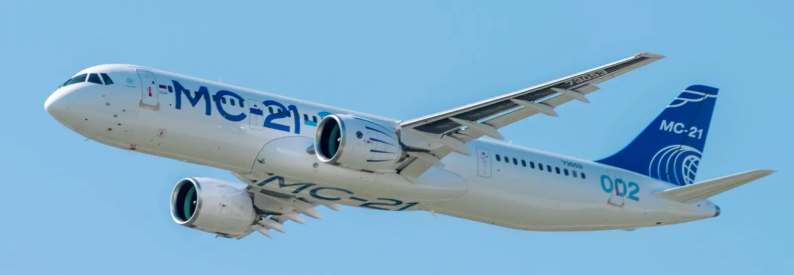Russia to Reduce Civil Aviation Subsidies by 22%

Russia’s government is poised to cut funding for its civilian aircraft programs by nearly a quarter, trimming subsidies for domestic airliner and helicopter procurement and maintenance from 101.2 billion rubles (about $1 billion) to 78.8 billion rubles (approximately $788 million). The proposed amendments to the federal budget, which await parliamentary approval, would primarily affect aircraft leasing firms and domestic airlines that rely on state support to offset financing costs. Under the existing scheme, the government subsidizes interest rates on loans taken out by leasing companies to acquire Russian-built jets, a critical measure in a market grappling with persistently high borrowing costs. Removing nearly 22 percent of these subsidies may have little immediate effect on carriers that have already postponed deliveries of new models, but aviation analysts warn that it could reshape long-term investment decisions and slow the adoption of homegrown aircraft.
Industry insiders quoted by Kommersant, a Russian financial daily, argue that the cuts will not impact current deliveries because flagship projects such as the mid-sized MC-21 airliner and the updated Superjet 100—rebranded SJ-100—are already running behind schedule. Both programs, produced by state-owned conglomerate Rostec, have repeatedly slipped their launch dates amid supply-chain disruptions, Western sanctions and technical teething problems. Rostec has nonetheless reaffirmed its commitment to begin rolling out MC-21 and SJ-100 aircraft by 2026, suggesting that immediate production targets remain intact despite the tightened budget. However, aviation leasing executives caution that higher financing costs could deter future orders, as operators typically plan fleet investments over multi-year horizons and depend heavily on predictable government support to make Russian airliners financially viable against imported alternatives.
For airlines operating in Russia’s domestic market, which is dominated by narrowbodies and regional jets, the subsidy cuts threaten to raise operating expenses indirectly by increasing lease rates. In recent years, carriers like Aeroflot, S7 Airlines and Ural Airlines have placed tentative orders for MC-21s, envisioning a gradual replacement of aging fleets, while regional operators have eyed the SJ-100 for its purported efficiency on short sectors. With subsidies scaled back, these plans may face further delays or cancellations if lenders demand higher interest spreads to compensate for reduced state guarantees. Moreover, lessors have warned that the change could complicate lease structuring and residual value forecasts, potentially making Russian aircraft less attractive to domestic and foreign charter operators who consider secondary-market liquidity when evaluating acquisitions.
The timing of the budgetary retrenchment reflects broader fiscal pressures on the Russian government, which continues to allocate significant resources to defense and security amid economic sanctions. Civil aviation, long viewed as a strategic industry, has alternately benefitted from generous state backing and then seen support waver as priorities shift. While the new cuts target subsidies rather than direct program funding, the message to manufacturers and airlines is clear: subsidy lifelines may be more limited in the coming years. Observers note that sustained development of indigenous aircraft will depend increasingly on improving production efficiency, deepening partnerships with non-Western suppliers, and enhancing export appeal in markets still open to Russian technology.
As the amendments move through the Duma, stakeholders across Russia’s aviation sector will be assessing the long-term implications for fleet modernization and national aerospace competitiveness. Rostec’s insistence on meeting its 2026 delivery goals may reassure some investors, but leasing companies and airlines are already recalibrating business plans to factor in higher capital costs. In the end, Russia’s pivot toward fiscal austerity in its civilian aviation budget underscores the delicate balance between nurturing domestic manufacturing capabilities and managing government coffers under economic duress.
Related News : https://airguide.info/category/air-travel-business/airline-finance/
